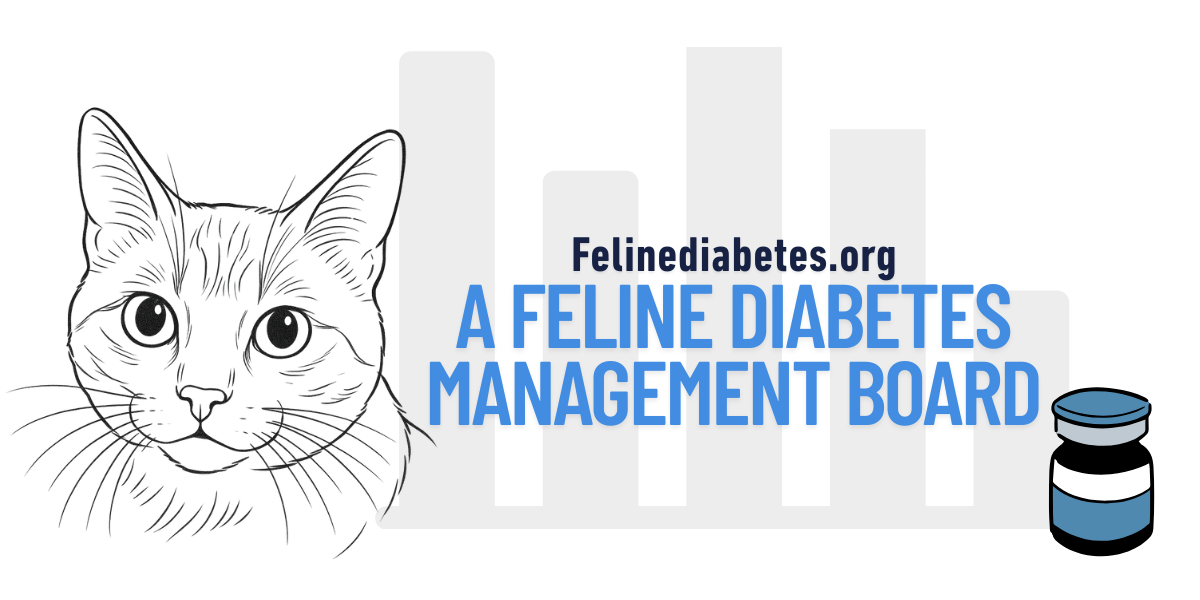 Somogyi Rebound vs. Bouncing: What’s the Difference?
Somogyi Rebound vs. Bouncing: What’s the Difference?
You may have heard the term “Somogyi rebound” used to explain high blood glucose levels that follow low ones—especially in the morning. But this theory, originally based on limited human studies from the 1930s, has become quite controversial.
 What Was the Somogyi Theory?
What Was the Somogyi Theory?
Dr. Michael Somogyi proposed that if blood sugar drops too low overnight, the body reacts by releasing hormones (like adrenaline or cortisol) that push glucose levels back up too high by morning. This became known as the Somogyi effect, or chronic Somogyi rebound.
However, modern research using continuous glucose monitoring (CGM) in humans has largely failed to confirm this pattern. In most cases, when someone wakes with high BG, it’s not because they were dangerously low earlier—it’s because their insulin wore off too soon or they were already running high during the night.
Even in human diabetes care, the Somogyi explanation is now questioned, and it's rarely observed with today's monitoring tools.
 What About Cats?
What About Cats?
In the feline diabetes world, the term is sometimes still used—especially when a cat shows high numbers after an insulin dose. However, research in cats (e.g., by Roomp and Rand) shows that true insulin-induced rebound hyperglycemia is quite rare.
More often, what’s happening is something called bouncing.
 Bouncing Explained
Bouncing Explained
Bouncing is a temporary spike in blood glucose triggered by:
- A rapid drop in BG (even if it doesn’t reach hypoglycemic levels)
- A drop to a number lower than what the cat’s body is used to
Cats get used to being in higher ranges. So when BG suddenly drops—even from, say, 300 to 150—the liver may overreact by releasing hormones and glucose to “correct” what it sees as a threat. This causes the BG to rise again—creating a “bounce.”
This is a natural response, especially early in treatment, and it usually settles over time with consistent dosing.
 Why It Matters
Why It Matters
Sometimes, a vet may recommend lowering the insulin dose based on a perceived Somogyi rebound. But if the drop wasn’t actually dangerous—or if it was just a bounce—this can lead to underdosing, prolonged high numbers, and possibly glucose toxicity.
That’s why it's crucial to understand the difference and base dose adjustments on consistent patterns and proper regulation methods.
 What You Can Do
What You Can Do
- Track BG trends carefully using a spreadsheet.
- Ask for help interpreting your data—many experienced members on the forum can help assess whether it’s truly a bounce, a response to a fast drop, or something else.
- Stick to your chosen dosing method (e.g., Tight Regulation or SLGS) and make adjustments as outlined.
 Final Thought
Final Thought
True Somogyi rebound is considered rare—both in humans and cats. Most of the time, morning highs are not a sign of overdose, but a sign the insulin didn’t last long enough or the body is temporarily overcorrecting.
If you’re ever unsure, post your BG data and ask questions—interpreting blood sugar patterns is a skill that gets easier with time, and the community is here to help.
- Tim
Change Log:
Created on 5/18/2025.
Sources:
Marje and Gracie. "Chronic Somogyi Rebound: Myths and Facts." Feline Diabetes Message Board, 30 Aug. 2023, Info - Chronic Somogyi Rebound: Myths and Facts | Feline Diabetes Message Board - FDMB.
